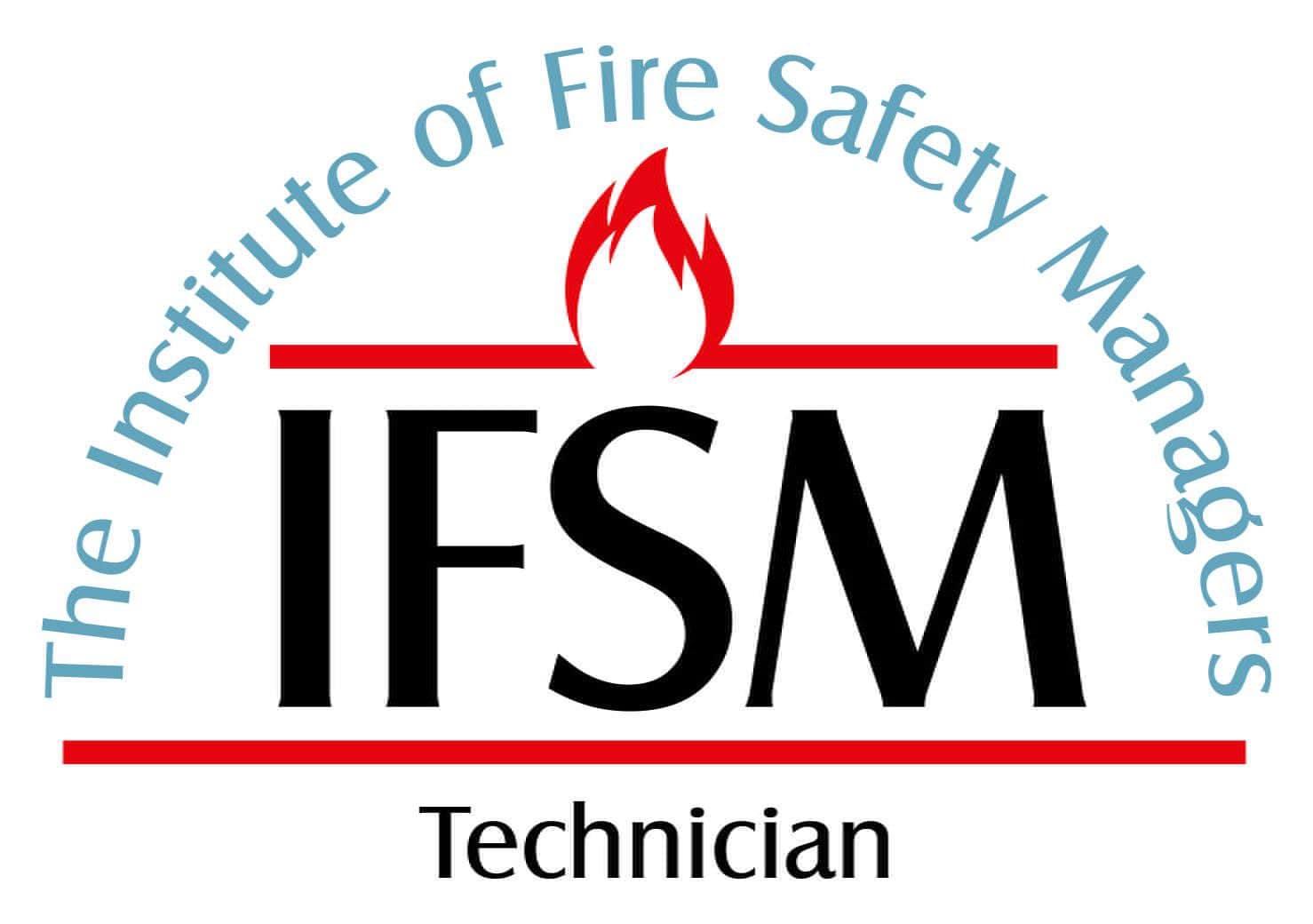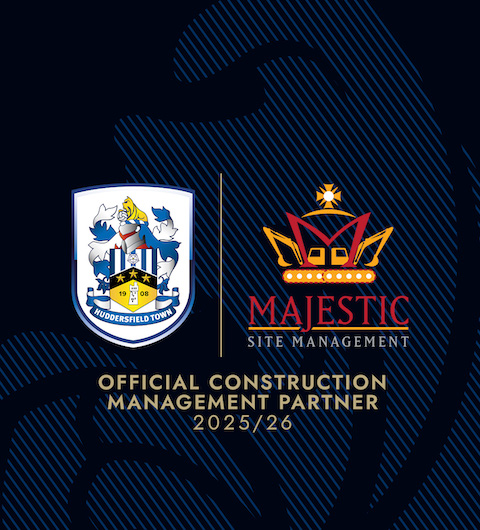Call now to book
01484 426302The two-day Temporary Works Co-ordinator Training Course (TWCTC) and one-day Refresher course (TWCTC-R) are designed to help those who have responsibility for managing all forms of temporary works on site. The course seeks to improve the knowledge of this role and the temporary works environment.
The development of these courses was supported by several organisations, including the Temporary Works forum and the Health and Safety Executive.
Temporary works are safety- and business-critical and require careful co-ordination. An accepted way of achieving this is through the adoption of the management process outlined in BS 5975:2019, which introduces the temporary works co-ordinator (TWC) as a key figure. This course explains the role and its overall management context.
Temporary works on both smaller and larger sites can be high risk activities. Therefore, understanding the essentials of good risk and safety management, as outlined in BS 5975:2019, is relevant for projects of all sizes.
The course gives emphasis throughout to the importance of communication, co-ordination, co-operation and competency (the 4Cs), risk management, safety and business relations, allowing the TWC to:
The aim of these courses is to focus on the risk management of temporary works with particular attention on the role of the TWC.
They seek to consolidate and build on the risk management knowledge that learners undertaking this role will have established through other experiences on site (likely in other supervisory and management roles) and focus on how to avoid failure in temporary works by adopting appropriate procedural controls, as outlined in BS 5975:2019.
The refresher course is an opportunity for learners who have attended the substantive TWCTC to revise and update their knowledge and understanding.
There are no entry requirements for the TWCTC.
Learners are expected to have a working knowledge of the following legislation:
Health and Safety at Work etc. Act 1974
Management of Health and Safety at Work Regulations 1999
Corporate Manslaughter and Corporate Homicide Act 2007
Construction (Design and Management) Regulations (CDM) 2015
Provision and Use of Work Equipment Regulations 1998
Lifting Operations and Lifting Equipment Regulations 1998
The Personal Protective Equipment Regulations 1992
The Manual Handling Operations Regulations 1992
The Work at Height Regulations 2005
Successful completion of the course requires:
The paper consists of 22 questions, selected by CITB, covering all aspects of the course. This exam paper must be taken at the end of the course.
Each paper has:
18 multiple-choice and/or multiple-response questions (each worth one mark; no half marks available)
4 free text questions (each worth one to three marks. Part marks are available but no half marks should be awarded).
The exam paper must be taken at the end of the course. The examination paper number will be notified when the course booking is accepted by CITB.
The exam pass mark is 78% (21 out of 27).
The exam lasts for 45 minutes and must be completed within this time under exam conditions.
The examination is open book: learners are permitted to use their course workbook – which may include any notes made by the learner during the course – for the duration of the exam.
The exam paper forms part of the overall assessment as to whether the learner has successfully achieved the TWCTC.
Learners taking this course should be able to achieve all the learning outcomes listed below by the end of the course.
Describe the different types of temporary works and temporary works solutions.
2. The history of temporary works and its legislative framework
Describe the history that set the requirements for a series of changes to create a robust, safety- conscious process for the design, management, installation and removal of temporary works.
3. The causes and consequences of failure
Explain the hazards, risks, causes and consequences of failure in temporary works.
4. The avoidance of failure
Describe the techniques used to avoid failure, focussing on the 4Cs.
5. Stakeholders’ and duty holders’ responsibilities and accountabilities
Describe the key roles and responsibilities of the primary stakeholders responsible for managing the safe implementation, management and dismantling of temporary works, including the appointment of key roles.
Explain the management and control of the design, materials, components and key solutions.
7. Key processes
Describe the key processes that form a safe system of work.
8. Procurement
State the key elements involved in appointing competent organisations, designers and contractors to manage the execution of the works on site.
9. Risk classification
Describe the importance of implementation risk classification and its impact on design and risk management.
10. Key activities required during the active life of the temporary works
Explain the key considerations for the co-ordination, supervision and checking of works on site during the construction, erection and dismantling of temporary works.









This course helps supervisors make legal provisions to protect the environment, covering areas such as:
If you pass the trainer review and get 70% or more on your exam, you can re-sit on the same day or arrange to re-sit within 90 days. However, you’ll need to re-take the full course if you:
"*" indicates required fields